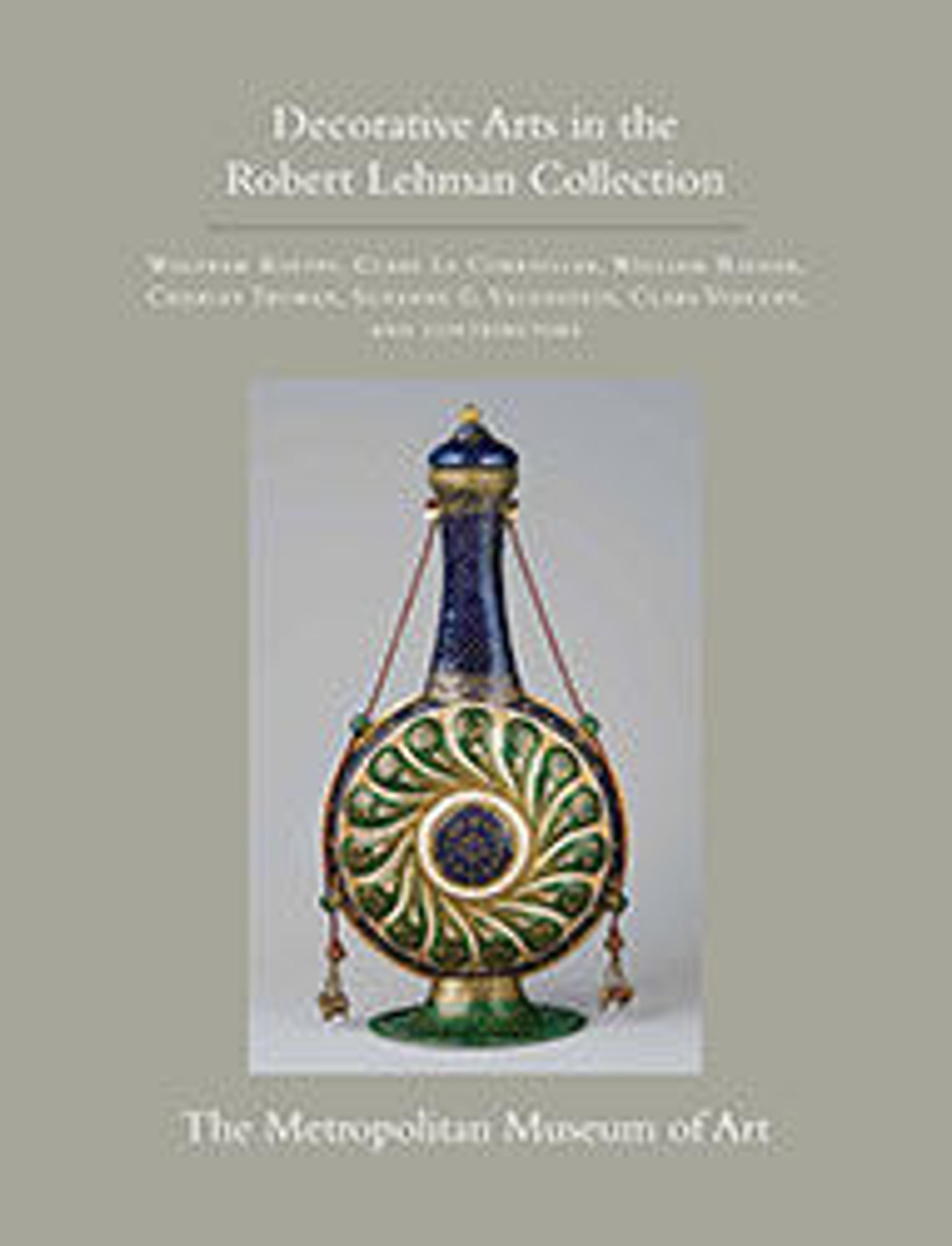Candlestand and holder (guéridon)
Artwork Details
- Title:Candlestand and holder (guéridon)
- Artist:Attributed to Martin Carlin (French, near Freiburg im Breisgau ca. 1730–1785 Paris)
- Artist:soft-paste porcelain plaque from Sèvres Manufactory (French, 1740–present) , painted by Nicquet (active 1764-92)
- Date:ca. 1730–85
- Medium:Oak veneered with tulipwood and amaranth, the marquetry of tulipwood, boxwood, and sycamore. Legs and hub are of solid amaranth; there is a steel shaft; mounts are of gilt bronze.
- Dimensions:Overall: H. 77.8 cm; H. without candleholder: 89.5 cm; W. of upper oval tray 33.6 cm; W. of lower oval tray 36.7 cm
- Classification:Woodwork-Furniture
- Credit Line:Robert Lehman Collection, 1975
- Object Number:1975.1.2027
- Curatorial Department: The Robert Lehman Collection
More Artwork
Research Resources
The Met provides unparalleled resources for research and welcomes an international community of students and scholars. The Met's Open Access API is where creators and researchers can connect to the The Met collection. Open Access data and public domain images are available for unrestricted commercial and noncommercial use without permission or fee.
To request images under copyright and other restrictions, please use this Image Request form.
Feedback
We continue to research and examine historical and cultural context for objects in The Met collection. If you have comments or questions about this object record, please contact us using the form below. The Museum looks forward to receiving your comments.
